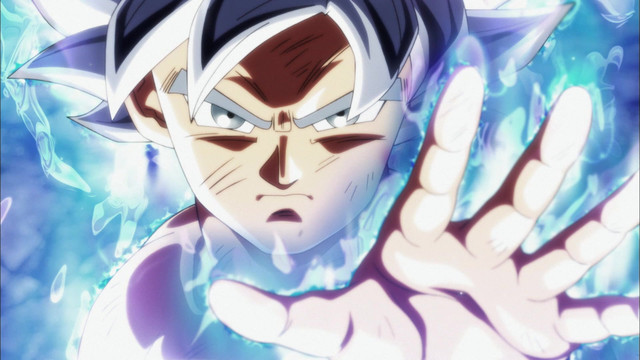
- Episodes : 131
- Genre : Action, Adventure, Comedy, Fantasy, Martial Arts, Shounen, Super Power
- Airing Date : Jul 5, 2015 – Mar 25, 2018
- Producers : Toei
Contains Spoilers
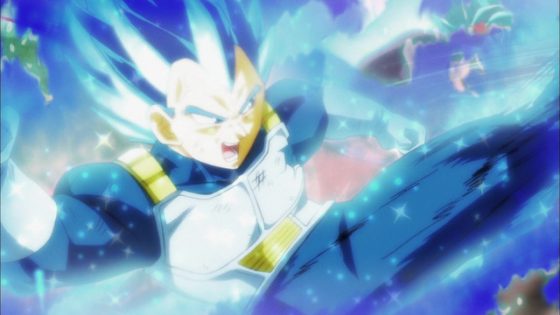
After defeating Majin Buu, the world is once again at peace and unfortunately, saving the world doesn’t pay the bills so Goku finds work as a tractor driver. However, he can easily quit his job since Mr. Satan rightfully gives him 100 million Zeni and in turn, Goku gives Chi-Chi the money so he can concentrate on training full-time at King Kai’s. After that is established, the series offers a retelling of the Battle of the Gods and Resurrection of F movies to fit into the narrative of the series. Once that’s over, it progresses into its own original and exciting story arcs.
With the re-introduction of Beerus and Whis, come new universes and opponents to face not just for the sake of saving the multiverse, but looking for the ultimate challenge. But before Goku and his gang can save their universe, they also reunite with the Future Trunks from a dystopian future that has been conquered by an evil Goku, Goku Black. So if fans feel if GT wasn’t the real follow up to Dragon Ball Z that they were looking for, the Super is a much better alternative.
What We Liked About Dragon Ball Super?

With the name Dragon Ball, viewers are promised the most destructive and yet imaginative action sequences they are ever going to see. Not only can viewers get a kick out of the fighting, they can also enjoy some of the new developments that a select number of the cast members get, and some episodes take us down memory lane as it ties up some loose ends from Dragon Ball Z. If you remember the beginning of the Buu Saga, Vegeta promises Trunks if he could land a clean hit on him, he’d take him to an amusement park, and there is one episode of Super dedicated to keeping that promise.
A little later, Gohan temporarily returns to assume the role of the Great Saiyaman. The fact that Super returns to some of the small things from both Dragon Ball and Dragon Ball Z is a great treat for dedicated viewers, or encourage newer viewers to see both the original Dragon Ball and Dragon Ball Z. Last, a good portion of the original voice cast from both the Japanese version and the Funimation dub come back to voice our heroes and villains so fans can come into this series like it never ended.
Discussion Time
For those that love Dragon Ball Z, Super not only offers high-octane action but also some new power-ups and fresh characters. Even if viewers have no prior exposure to Dragon Ball Z, they can still get into this series if they only want to watch it for the action. As for understanding the story, it does help if you have seen at least the Freeza and Android sagas of Dragon Ball Z to get a better idea of who some of the featured characters are when it retells Resurrection of F and when Future Trunks comes in, but other than that, previous viewings of Dragon Ball and Dragon Ball Z are not conditionally required to enjoy Super.
But like its respective predecessor, it does take some time to warm up to. In the initial episodes, the animation quality has been subjected to ridicule and some of its story arcs still have pacing issues. Last, some of its music doesn’t measure up to the previous series (even including GT).
1. The Best Action You Can Ever See

When anime fans hear Dragon Ball, the first thing they think is its creative action sequences (as well as intense screaming, toilet seat sitting position charge ups, and the craziest hairdos you’ll ever see), and this installment lives up to its reputation. As we further discuss some of the newer features to this series, they help contribute to new creative elements to the action in both a physical and mental sense. While a good majority of DC and Marvel comic stories are capable of the level Dragon Ball has to offer, Dragon Ball has the balls and imagination to demonstrate the destructive effects their punches have.
As opposed to how an American superhero knocks out his rival like how Muhammad Ali knocked out Sonny Liston, in Dragon Ball, the effect of a punch (whether it cleanly lands or collides with an opponent’s fist) can cause a sonic boom, a crater, level a mountain, or any other environmental destruction you can think of to demonstrate how powerful these characters are.
This demonstration offers a sense of danger and excitement, and not many action titles around the world have ever delivered what Dragon Ball has done for nearly 35 years. This time, when Goku fights Beerus, it can get to a point if their fight goes into deep waters, the impact of their hits could cause a ripple in the universe. While it is over the top, it is still imaginative and exciting, and that is why Dragon Ball Z, and in turn, Super, has won its dedicated fanbase.
2. New Power-Ups
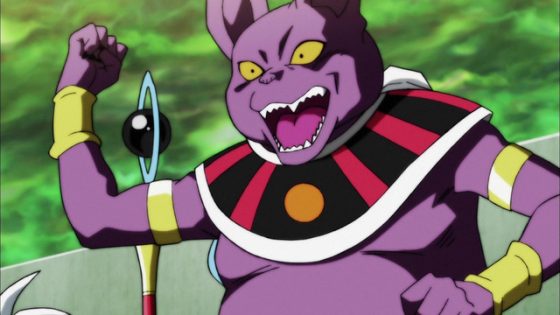
Throughout the duration of Dragon Ball Z, Goku and the rest of the remaining Saiyans eventually achieve three levels of Super Saiyan, and Super introduces three new forms for Goku. In his first fight with Beerus, he achieves Super Saiyan God, where he needs the accumulative power of other Saiyans and can only work temporarily. Then when he gets his rematch with Freeza (who achieves a new golden power-up transformation), he and Vegeta achieve Super Saiyan Blue. In the Zamasu Story Arc, he can also use his old Kaioken power up while in Super Saiyan Blue form. In the final story arc, he discovers a new transformation power up, Ultra Instinct, which you can easily compare to Ryoma’s Muga no Kyochi from Prince of Tennis if you have any familiarity with that series.
Thanks to Zamasu’s possession of his body, Goku indirectly gets another Super Saiyan power up, Super Saiyan Rose, where his hair turns pink as opposed to gold or blue due to Zamasu being a god. In addition, fusion makes a comeback and is better than ever now that Vegetto can also achieve Super Saiyan Blue. Last, the newly introduced Saiyans from Universe 6 are also taught to go Super Saiyan and one new character, Kale, can assume a form that makes her resemble Brolly from the old DBZ movies.
3. New and Exciting Characters
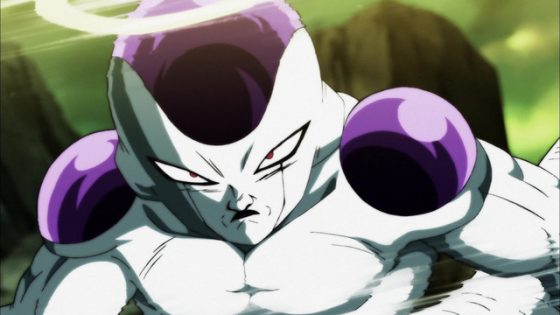
While many of our heroes (and villains) return in this series, they once again combat and befriend some new characters. Returning from the Battle of the Gods movie, we have Beerus and Whis. After the series ends that recap, Beerus, despite being a God of Destruction, becomes a passive ally to our heroes and his attendant, Whis, becomes Goku and Vegeta’s newest trainer. Then when Beerus is introduced, the fans get to learn there are other universes out there that have their own God of Destructions and attendants like Whis, and they are all siblings.
One notable sibling of Beerus is Shampa, the God of Destruction of Universe 6, and his attendant Vados happens to be Whis’ sister. His residing universe also has Saiyans, Namekians, and its equivalent to Freeza, Frost, who keeps his darker personality a secret as opposed to Freeza who is more openly destructive. In further addition, Super also introduces the new higher power being hierarchy. While Dragon Ball and Dragon Ball Z introduced us to Kamis, Kaioh, and Kaioshins, Super introduces us to the boss of all gods, Zen-Oh, meaning "ruling of all". Despite his appearance, even Beerus, a God of Destruction, trembles in his presence.
Then when the series gets into the final tournament arc, the cast expands to characters who are spoofs of the magical girl genre (even parodying the time-consuming transformations and how enemies can exploit them), tokusatsu, mech, horror, and so on. A good percentage of these new characters are given backgrounds and personalities for viewers to connect but comes with its own baggage which we’ll get in relation to why you should skip this series.
1. It Takes Time To Get Into
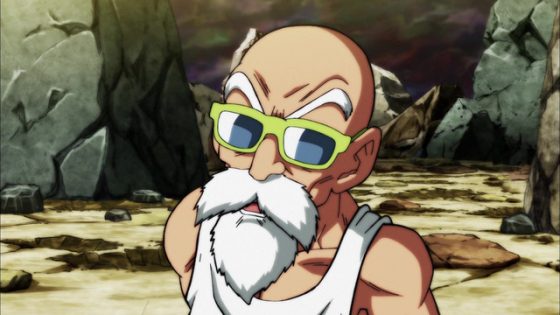
We aren’t saying you should ultimately skip the series, but there are some parts that you can just skip with little to no consequences because they do get time-consuming. For starters, just skip the first 27 episodes because you can easily watch a bulk of what happens in the Battle of the Gods and Resurrection of F. After watching those movies, start from episode 28 and you’re good to go. On the other the hand, the series does highlight how Goku and Vegeta get to train with Whis shortly before it re-introduces Freeza.
As we all know, the concept of time between real life and within the Dragon Ball universe isn’t entirely new or unique. A whole 22-minute episode can represent anywhere between 1-120 minutes in the world of Dragon Ball. The original Freeza saga was a notorious violator of this, and the final story arc of Super of the multiverse royal rumble is the newest offender. As opposed to the Freeza Saga where it was 2 vs. 2, it is easy for the last story arc of Super to get away with this pacing because there are nearly 100 combatants simultaneously fighting each other.
2. The Initial Animation

As seen on the Internet, episode 5 was subjected to ridicule. Google search the image and you’ll probably think it was some elementary kids project for his flash animation class. This is very inexcusable not because of the Dragon Ball brand name, but because Toei could have just easily used existing footage from the Battle of the Gods movie to retell Goku’s fight with Beerus on King Kai’s planet. According to some reports, the quality is improved in the Bluray and DVD releases so fans are welcome to check that out. But by the time the series progresses into the Zamasu Story arc, the animation is immensely improved and when you get to the end, you’ll forget about the bad quality in the debut episodes.
3. The Soundtrack is Rather Weak
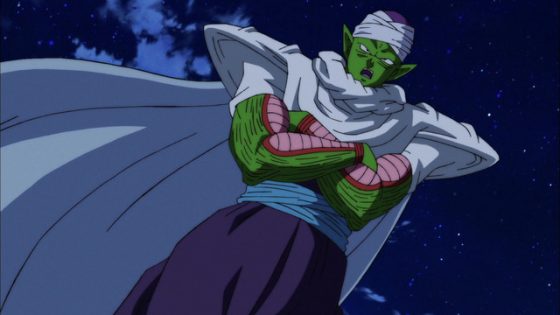
While the recaps at the start of each episode use an instrumental version of Cha-La Head-Cha-La from the original DBZ series, the actual version isn’t used at all in the series. Overall, the soundtrack of Super isn’t as strong as its predecessors. The opening and ending songs feel very generic and not once do we get a Hironobu Kageyama song. There are no memorable tracks in Super that are to the level of Spirit vs. Spirit, the song in the Japanese version when Gohan first turns Super Saiyan 2, and Super’s music doesn’t capture the romanticism or innocence the way Dan Dan Kokoro Hikareteku, the theme song of Dragon Ball GT does. Say what you want about GT, but that series had a solid soundtrack and Super just doesn’t have that.
In addition to the opening and ending themes, the background music of Super doesn’t feel as memorable or as intense as the soundtrack from the original DBZ series such as the background track when Goku turns Super Saiyan for the first time, or the moment when Goku defeated Buu. Dragon Ball Super just seems to have a very big hole open without the presence of Hironobu Kageyama and the original DBZ composer, Shunsuke Kikuchi.
Final Thoughts
Despite the predictable outcome of the last story arc, it wasn’t about the destination, but the journey to get there. Sure it had its slow moments, but it was full of memorable highlights. The series ends with a conclusion to a story arc, it still has so much potential. Some fans know Goku has a score to settle with Beerus, and there are still a good number of loose ends that we need to see tied up. For example, will we get to see the universes that were too strong to participate in the last battle? Will Goku and company fight them, too? With the way it ends, it creates more curiosity than closure so we are positive that there will be more Dragon Ball coming.
Last, we would like to dedicate this review to Hiromi Tsuru, the voice of Bulma. Her character has always played a huge part in the series due to her initial role of bringing Goku out into the real world as they went on their first adventure to find the Dragon Balls. She always captured the character’s intelligence and spunk. In addition to Bulma, Tsuru has created a great legacy with her career that includes the voices of Madoka in Kimagure Orange Road, Ukyo in Ranma ½, and Mikami in Ghost Sweeper Mikami. Without her, Dragon Ball is never going to be the same, and we are positive all of us miss her.
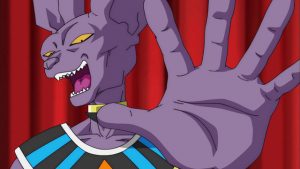


No comments:
Post a Comment